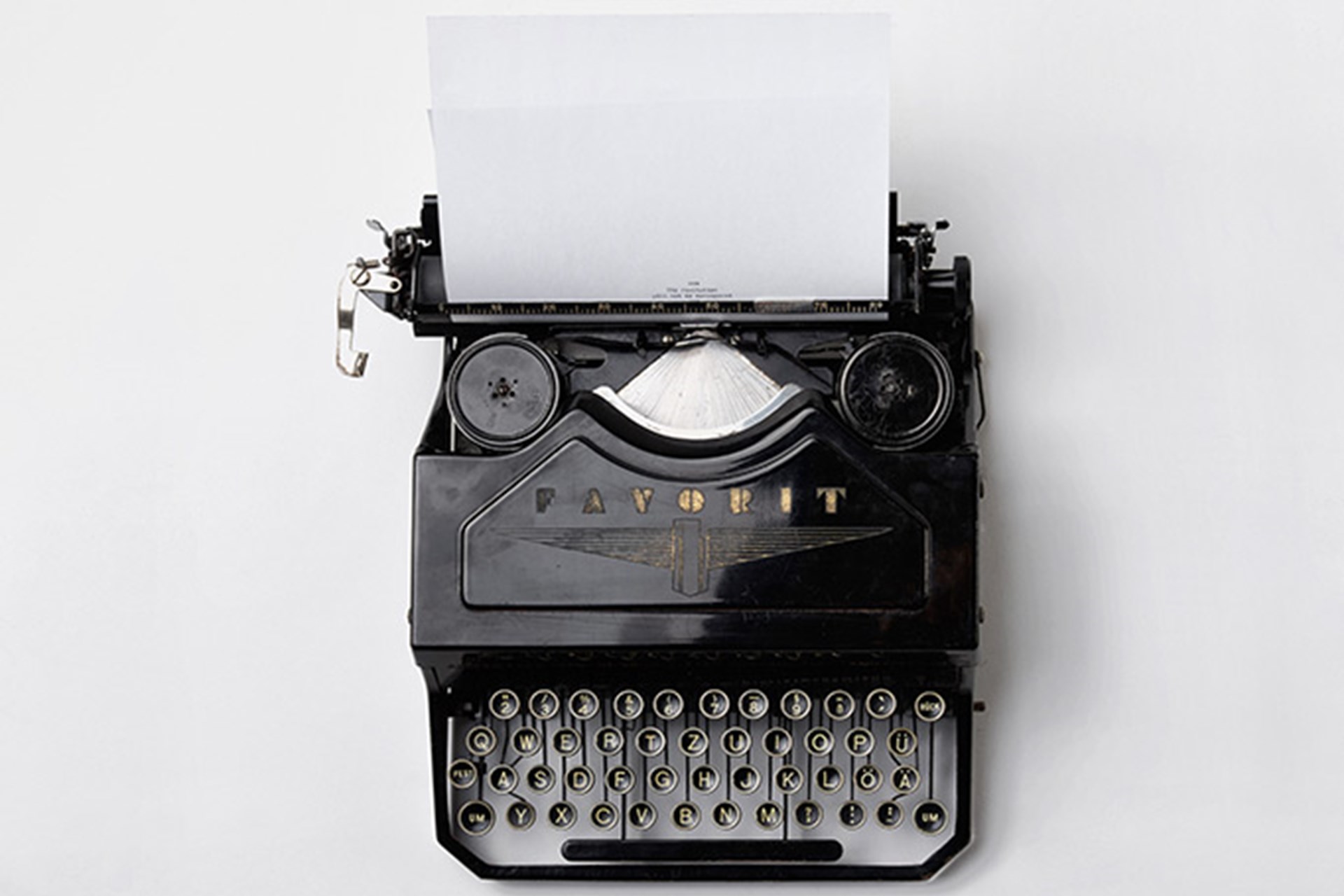Expressing gratitude can have a deep positive effect on our sense of wellbeing. It can have a beneficial impact on both people involved (who shows and who receives gratitude).
Despite showing gratitude is an experience that nourishes us, we rarely share it with the people who are part of our life (or used to be).
This is meant to be your opportunity of increasing your sense of well-being by means of this simple activity: to write a letter of gratitude.
As you can well imagine, you will need a pen and paper. If you prefer, you can use your smart-phone or your computer. Of course, in this hyper-technological era, it can be a traditional letter, an email, a text: it can be any kind of written message that would convey everything you want to communicate.

